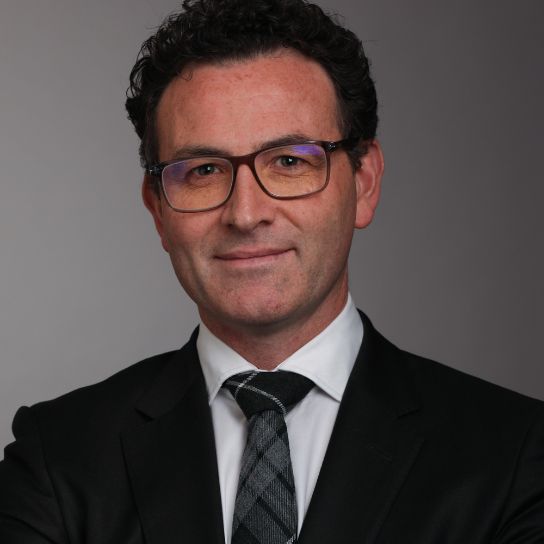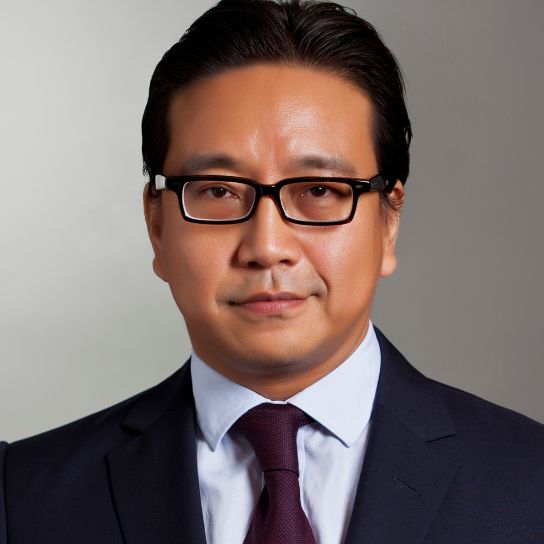Understanding Asia's vast and diverse business landscape can be daunting. And as Asia booms, failing to do so could be costly. In this new report we look beyond borders and sectors to demystify this valuable region.
Rather than define companies by country or sector alone, the report examines history, culture and strategy, and defines companies into four new super-blocs – the Old Guard, State Standards, Young Innovators and Asset Hunters.
Understanding each bloc's culture, aspirations and issues provides a valuable guide for those working with and for these companies as their influence spreads throughout the world.
Executive Summary
By 2030, nearly half of the global middle class’s US$64 trillion of consumption will take place in just four Asian countries: China, India, Indonesia and Japan. By 2050, by some estimates, three of the world’s four biggest economies will be in Asia: China and India will take the first two places, with Indonesia fourth.
Asian companies will become even more prominent as providers of goods and services for these markets, and also as international sources of capital and acquirers of assets. Understanding their goals and growth trajectories will become ever more crucial.
Using insights from experts with decades of experience advising the largest companies headquartered in Asia’s biggest economies, we define the Asian corporate ‘super-blocs’ that will drive Asian – and increasingly global – business in the 21st century. It does so by focusing on the most important underlying political, economic, demographic and technological trends, and their evolving impact on corporate Asia’s growth and development.
The report’s key findings identify four super-blocs.
The Old Guard
Still crucial: Even as tech upstarts dominate the headlines, Old Guard companies (whose revenues and brand value have been built up over generations, such as those of titans like Toyota, trading houses like Mitsubishi and Mitsui, and South Korea’s chaebol) remain a global force. To take one indicator, Asian Old Guard companies in the top 100 firms of Fortune’s Global 500 list had combined revenues in 2016 of more than US$1.1 trillion.
An East Asian Game of Thrones is playing out: In recent decades, Japanese Old Guard firms lost out to upstart South Korean rivals in areas such as electronics and shipbuilding. Now those South Korean winners are at risk of losing their crowns to ambitious Chinese companies and SOEs. Chinese smartphone makers Xiaomi and Oppo, to take one example, already account for 40% of India’s handset market. Samsung remains number one for now, with a 27% share, but the Chinese firms saw year-on-year revenue growth of 180% in the first quarter of 2017.
Many Old Guard companies are rethinking their models and markets: Old Guard conglomerates and single-sector firms alike are looking beyond their slowing domestic markets and core competencies, as well as embracing digital disruption and internationalisation. For example, overexposed to cyclical energy and commodities markets, Japan’s sogo shosha have broadened their portfolios and moved into future growth areas like healthcare and the Internet of Things. Other Old Guard firms are using large cash piles to acquire assets or expand directly overseas: Japanese motor-manufacturer Nidec, for example, acquired nearly 30 businesses or divisions of other firms over the past decade.
Unbundling family-owned Old Guard businesses will be a challenge: Given 85% of companies in the region are family-owned (including many large companies), succession planning will be a major challenge. China is at particular risk: since huge numbers of Chinese family firms were started in the 1980s, many could end up in succession crises at the same time.
The State Standards
Ever more important: Asian (and particularly Chinese) state-owned enterprises are growing in importance across the world, in traditional sectors such as energy and natural resources but also banking, insurance, construction, heavy industry, logistics, telecoms and others. PwC notes the proportion of SOEs in the Fortune Global 500 grew from 9% in 2005 to 23% in 2014, led by the growth of Chinese SOEs. Asia’s infrastructure boom will bolster their power. The Asian Development Bank estimates that developing Asia will need to spend at least US$22.6 trillion between 2016 and 2030 to meet its infrastructure needs, of which nearly 60% will be in China. Internationally, competition is heating up among Asian state-owned EXIM and development banks to finance and build a range of projects across the region. China’s SOEs, meanwhile, will be among the prime beneficiaries of Beijing’s US$900 billion, 60-country Belt and Road Initiative.
China’s SOEs are evolving: Internationally they are becoming more than mere holders of resource assets or road-builders: their global approach combines national strategic aims, the acquisition of IP, and capital-raising as well as asset acquisition. They are also being forced to rationalise and consolidate, amid investigations into their inefficiency and poor returns. A Beijing-based research company found that state companies’ return on assets in 2014 was just 4.6%, well below the 9.1% rate of private businesses.
The Young Innovators
Asia’s new tech titans are banking on the Asian digital consumer: Many of Asia’s most successful Young Innovators are consumer-focused firms that have reaped the rewards of a burgeoning Asian middle class and increasing connectivity. They will continue to do so as the region’s emerging markets develop. The Brookings Institution calculates that between 2015 and 2022 the global middle class will add a billion people, of which nearly 90% will come from Asia; meanwhile eMarketer expects Asia-Pacific online sales to treble by 2020 to US$2.7 trillion. Indonesia has the fastest-growing internet market in the world, according to a 2016 report by Singapore’s sovereign wealth fund Temasek and Google.
China’s giants have phenomenal scale and global goals: Baidu, Alibaba, Tencent and others have scaled up dramatically in a largely closed market: China’s US$5.5 trillion mobile payments sector, for example, is some 50 times the size of the US market, yet Alibaba is targeting a user base of 2 billion consumers globally. All three have made extensive investments in tech companies around Asia and beyond, competing with Western and Asian capital for stakes in the world’s hottest Young Innovators.
Asian unicorns are multiplying: Among global tech “unicorns” (private firms with valuations above US$1 billion) more than one-third are Asian, and 79% of those are Chinese. Asian unicorns include growing powers such as e-commerce leader Flipkart Uber-competitor Olacabs in India, Indonesian logistics and delivery disruptor Go-Jek, and Singapore’s regional ride-sharing and payment services firm Grab.
Will Asian tech firms face a compliance reality check? Data is the Young Innovators’ most valuable commodity, but its broader use (especially in overseas markets) raises significant issues of privacy, data protection and cyber security. In most Asian countries data protection is an evolving process, and those looking to access other markets will need help navigating complex regulations.
The Asset Hunters
Stronger together: Asia’s asset hunters - including its sovereign wealth funds (SWFs), private consortiums and ambitious conglomerates - are joining forces to compete for assets. The Star Energy consortium of Indonesian and Philippines conglomerates that last year bought Chevron’s geothermal assets in those countries for an estimated US$3 billion is one example. SWFs are also co-investing with asset managers and owners to lower risk by buying jointly into areas such as technology, media and telecoms.
A more diverse range of assets: Asia’s SWFs are broadening the range of their investments both in terms of geographic and sectoral exposure. CIC, for instance, trebled its overseas asset purchases in 2016 from the previous year to around US$19 billion. Temasek, already a global investor, has become a major source of funding for the region’s tech innovators.
China’s corporate asset hunters face a less certain future. The likes of Anbang, HNA, Dalian Wanda and Fosun – huge conglomerates that between them bought US$56 billion worth of companies in five years – are the subjects of Beijing’s crackdown on foreign asset purchases. The quartet are widely seen to have overstepped the mark in both the types of assets they were buying and the prices paid.
Chinese buyers are getting savvier: Despite the headlines, Chinese acquirers are becoming more discriminating. Those who have advised on recent deals say they are improving their assessment of investments with better technical and financial due diligence, and have more acumen when it comes to pricing. Chinese firms are also more prepared to use the legal tools at their disposal when acquisitions or foreign deals go wrong.
Conclusion
The four groups are in many ways interconnected, not least as they compete for business and talent, invest in each other, and build on each other’s successes. Many Young Innovators are poised to follow Old Guard pioneers in building brands abroad, fueled by funds from the Asset Hunters.
And while Asia’s State Standards face perhaps the most urgent need to reform on commercial lines, funds funneled through government-owned and supported banks will help finance the expansion plans of the region’s most ambitious firms, not to mention the massive ramp-up in infrastructure that will turbocharge the region’s growth in the coming decades.
Key contacts
Legal Notice
The contents of this publication are for reference purposes only and may not be current as at the date of accessing this publication. They do not constitute legal advice and should not be relied upon as such. Specific legal advice about your specific circumstances should always be sought separately before taking any action based on this publication.
© Herbert Smith Freehills 2024




